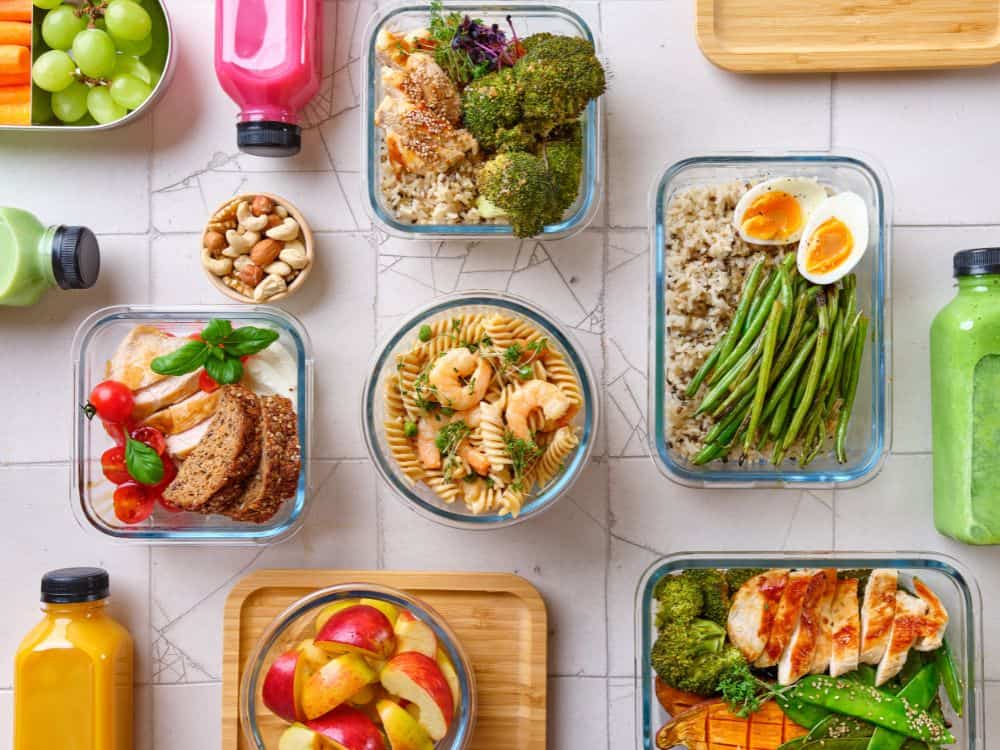
How to Go Zero-Waste in Your Kitchen: A Step-by-Step Guide
How to Go Zero-Waste in Your Kitchen: A Step-by-Step Guide
The kitchen is one of the main sources of waste in any household. From food packaging to leftovers, we often throw away more than we realize. Transitioning to a zero-waste kitchen not only helps the environment but also saves money and encourages healthier habits. In this guide, we’ll walk you through the steps to transform your kitchen into a sustainable, low-waste space.
1. Audit Your Waste
The first step in going zero-waste is understanding what you’re throwing away. Spend a week tracking the types of waste your kitchen generates. Take note of:
- Plastic packaging
- Food waste
- Non-recyclable materials
By identifying your main waste sources, you’ll know where to focus your efforts when making sustainable changes.
2. Swap Single-Use for Reusable
The easiest and most impactful way to reduce waste is by switching to reusable products. Here are some simple swaps:
- Cloth towels instead of paper towels
- Beeswax wraps instead of plastic wrap
- Glass or stainless steel containers instead of plastic bags or Tupperware
- Reusable grocery bags for shopping
By investing in reusable alternatives, you’ll cut down significantly on disposable items that end up in landfills.
3. Buy in Bulk
Buying in bulk is a great way to reduce packaging waste. Look for local stores that offer bulk bins where you can bring your own containers and fill them with grains, nuts, spices, and even household products like detergent. Not only does bulk buying eliminate packaging, but it often saves money too.
Tips for Buying in Bulk:
- Bring reusable bags or jars
- Buy only what you need to avoid food waste
- Store items properly to keep them fresh longer
4. Compost Your Food Waste
Food scraps like peels, cores, and stems make up a large portion of kitchen waste. Instead of throwing them in the trash, start a composting system. Composting turns organic waste into nutrient-rich soil, reducing the amount of waste sent to landfills and lowering methane emissions.
How to Start Composting:
- Set up a compost bin or pile in your backyard or kitchen
- Collect food scraps like fruit and vegetable peels, coffee grounds, and eggshells
- Avoid composting meat, dairy, and oily foods as they take longer to break down
Composting is an excellent way to reduce waste and create a useful byproduct for your garden.
5. Plan Meals to Reduce Food Waste
A significant part of kitchen waste comes from spoiled or uneaten food. To avoid this, plan your meals carefully and use leftovers creatively.
Tips for Reducing Food Waste:
- Make a meal plan for the week to buy only what you need
- Use the “first in, first out” rule: Store older food in front of newer items to use it first
- Repurpose leftovers: Turn last night’s dinner into tomorrow’s lunch by getting creative with ingredients
Being mindful of your food consumption will not only reduce waste but also lower your grocery bill.
6. Avoid Processed and Packaged Foods
Pre-packaged and processed foods are typically wrapped in plastic or non-recyclable materials. To cut back on waste, aim to:
- Buy fresh produce: Shop at farmers’ markets or stores that offer unpackaged fruits and vegetables
- Cook from scratch: Preparing meals from whole ingredients reduces packaging and is usually healthier
- Use refillable containers: Opt for refilling products like oils, vinegars, and grains rather than purchasing single-use packaged items
Reducing your reliance on packaged foods will make a huge difference in your kitchen’s waste footprint.
7. Ditch Plastic in the Kitchen
Plastic is a major contributor to kitchen waste, and much of it is difficult to recycle. Gradually replace plastic items in your kitchen with more sustainable options.
Zero-Waste Kitchen Alternatives to Plastic:
- Glass jars for storing grains, spices, and leftovers
- Stainless steel containers for storing cooked food
- Wood or bamboo utensils instead of plastic ones
- Metal or glass straws to eliminate single-use plastic straws
Switching to non-plastic materials will help create a kitchen that’s not only waste-free but also free from harmful chemicals often found in plastics.
8. Clean the Zero-Waste Way
Traditional cleaning products come in plastic bottles and often contain harsh chemicals. Opt for eco-friendly, zero-waste cleaning solutions by making your own.
DIY Cleaning Products:
- All-purpose cleaner: Mix vinegar, water, and a few drops of essential oils in a reusable spray bottle
- Dish soap: Buy solid dish soap bars or refill liquid soap in your own containers
- Scrubbers: Use compostable scrubbers made from natural fibers like coconut or replaceable wooden dish brushes
Cleaning sustainably reduces waste while avoiding toxic chemicals that harm the environment.
9. Grow Your Own Herbs and Veggies
One of the best ways to reduce waste in the kitchen is by growing your own food. Even in small spaces, you can grow herbs, lettuce, or tomatoes right in your kitchen window or balcony.
Benefits of Growing Your Own Food:
- Zero packaging: No plastic-wrapped produce or plastic herb containers
- Freshness: You’ll always have fresh ingredients on hand
- Cost-effective: Growing your own herbs and vegetables saves money in the long run
Starting a small herb garden is an easy and satisfying way to support your zero-waste kitchen journey.
10. Recycle Properly
Not everything can be avoided or composted, but you can minimize your impact by recycling correctly. Make sure you understand what your local recycling center accepts and follow these guidelines:
- Rinse items before recycling to remove food residue
- Sort materials properly (e.g., plastics, glass, paper)
- Avoid “wish-cycling”: Don’t toss items in the bin just hoping they’re recyclable. Check with your local facility first.
Proper recycling habits ensure that waste is handled responsibly and doesn’t end up in landfills unnecessarily.
Final Thoughts on Going Zero-Waste in Your Kitchen
Adopting a zero-waste lifestyle in the kitchen takes time, but it’s a rewarding journey. Start small by making a few changes at a time, and gradually reduce the waste you produce. The steps outlined in this guide—like swapping disposables for reusables, composting food scraps, and growing your own food—are effective ways to transition to a more sustainable kitchen.
By implementing these tips, you’ll not only help the planet but also promote healthier habits, save money, and enjoy a cleaner, greener lifestyle in 2024.
Zero-waste living is all about making conscious choices to reduce waste and protect the environment. Every small step counts, and your kitchen is a great place to start!




